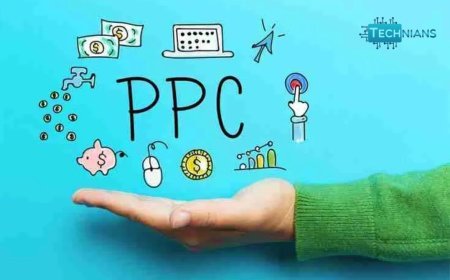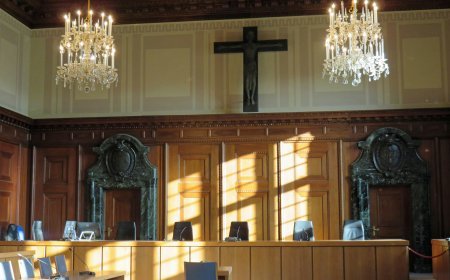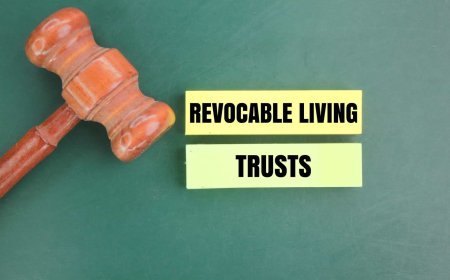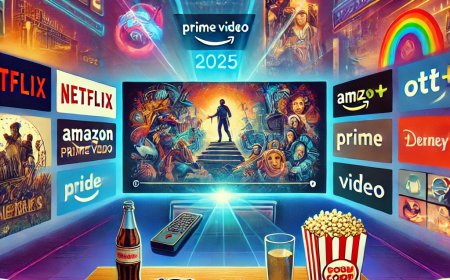Top 8 Emerging Trends in Residential Construction for 2025
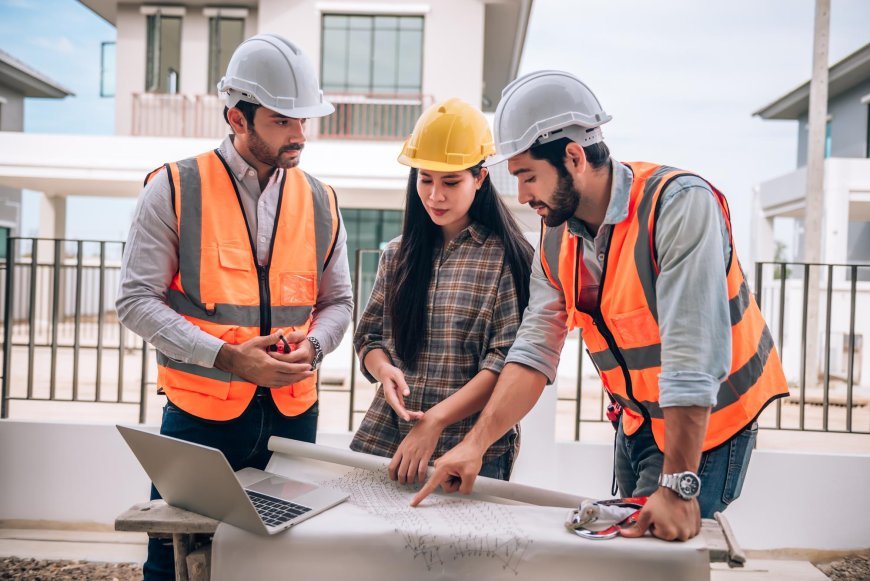
Introduction:
The world of residential construction is changing faster than ever. Digital integration and sustainable building practices are redefining the traditional home. As we approach 2025, homeowners, builders, and developers see a big change. This shift is driven by technology, environmental responsibility, and changing lifestyle needs.
Whether you're planning your dream home, leading a construction firm, or investing in real estate, understanding residential construction trends 2025 isn’t just smart it’s essential. These trends are more than just passing fads. They’re shaping the future of how we live, work, and interact with our living spaces.
1. Smart Home Integration Is Becoming the Norm
The smart home isn't science fiction anymore. It's here, it's real, and it's revolutionizing how we interact with our homes. In 2025, smart technology is not just a luxurious bonus it’s the expected standard.
Voice-Activated Technology and Automation
Imagine walking into your home and saying, “Lights on,” or “Set thermostat to 72 degrees.” That’s not futuristic it’s everyday life for many households in 2025. With advancements in voice recognition technology and AI, homes now respond to spoken commands with precision and personalization.
Home automation systems like Amazon Alexa, Google Assistant, and Apple HomeKit are now part of new builds. They help adjust lighting, play music, lock doors, and brew coffee. Builders are integrating this tech from the blueprint stage. This ensures compatibility with smart hubs, sensors, and devices.
Energy Monitoring and Smart Thermostats
Smart thermostats like Nest and Ecobee reduce energy use by learning user habits. By 2025, energy monitoring will be even smarter and more intuitive.
New homes have real-time energy dashboards. These let homeowners see how each appliance, HVAC system, or light affects their utility bill. This information saves money and lowers environmental impact.
2. Sustainable and Green Building Materials
Homebuyers and builders alike are prioritizing sustainability. Not just because it's trendy but because it makes long-term economic and environmental sense. In 2025, using eco-friendly materials is becoming a default part of residential construction.
Eco-Friendly Insulation and Recycled Products
Sustainable materials are taking the lead. Options like recycled steel framing and insulation made from denim and wool are popular. They are great for the planet. Plus, they excel in thermal resistance, soundproofing, and durability.
Cellulose, cork, and sheep’s wool insulation products are biodegradable and fire-resistant. Recycled concrete and reclaimed wood cut landfill waste and add charm to modern homes.
Low-VOC Paints and Non-Toxic Flooring
Indoor air quality is a top priority today. This is especially true for families with children or those with respiratory issues. So, low-VOC (volatile organic compounds) paints and non-toxic flooring options are becoming more popular.
Traditional paints can off-gas harmful chemicals for months after application. In contrast, low-VOC or zero-VOC paints dramatically improve air quality while offering vibrant, long-lasting color.
3. Prefabricated and Modular Construction
Speed, cost, and efficiency. Those are the holy trinity in construction and prefabrication hits all three. As demand for housing rises, modular building methods are reshaping the way we think about home construction.
Faster Project Completion
Traditional building can take months, even years. But modular construction? It slashes build time by 30%–50%. In 2025, prefabricated homes are gaining popularity not only for speed but for their consistent quality.
With modules built in a controlled factory environment, delays from weather or labor shortages are dramatically reduced. Each unit is then transported to the site and assembled like LEGO blocks precisely, quickly, and reliably.
Cost-Efficiency and Reduced Waste
Prefab homes can significantly cut construction costs by minimizing material waste and optimizing labor. Factories use precision equipment that reduces offcuts and leftovers. Materials can also be reused or recycled more effectively in a centralized facility.
4. Net-Zero Energy Homes
The dream of a self-sustaining home is now a reality. In 2025, Net-Zero Energy (NZE) homes are not only possiblethey’re becoming the gold standard for new residential construction.
Solar Panel Installations
Solar energy is mainstream now. Panels are cheaper, more efficient, and easier to install. Many homeowners pair them with battery systems. This allows energy independence during outages or peak demand.
Modern architecture maximizes solar efficiency. Roof orientation and panel placement are key. Builders integrate solar infrastructure during design. This makes installations seamless and visually appealing.
Efficient HVAC and Smart Energy Storage
A net-zero home not only generates power but also uses it wisely. High-efficiency HVAC systems feature smart zoning, variable speed motors, and heat pumps. They minimize energy use without sacrificing comfort.
5. Multi-Functional and Flexible Living Spaces
If the pandemic taught us anything, it’s that our homes need to be more than just places to eat and sleep. They’ve become offices, gyms, schools, and sanctuaries all rolled into one. That shift is inspiring a massive change in home design for 2025.
Home Offices and Convertible Rooms
The rise of remote work is here to stay. Now, the home office is a must-have, not an afterthought. By 2025, new homes will include dedicated workspaces. These often feature soundproof walls, natural light, built-in shelves, and even separate entrances for client meetings.
But it’s not only about permanent offices. Flexibility is crucial. Imagine rooms that serve as an office by day and a guest room at night. Or a playroom that becomes a study nook when school starts.
Smart Furniture Solutions
Another exciting trend? Furniture that’s just as flexible as the space around it. Modular sofas, wall beds, and expanding tables are making small spaces feel large and ultra-functional.
Smart furniture is also getting tech upgrades. Picture a coffee table with a built-in fridge and wireless charger. Or a bed that adjusts firmness, lighting, and even posture based on your sleep patterns.
Weatherproofing for Extreme Conditions
Weather is becoming more unpredictable, from wildfires to hurricanes and polar vortexes. Homes built in 2025 will be ready for these extreme conditions.
Advanced weatherproofing features include double-sealed windows, reinforced roofs, impact-resistant siding, and smart drainage systems. Builders are adding vapor barriers, storm shutters, and wind-resistant frames in areas with severe storms.
Fire-Resistant Materials and Flood Protection
For areas prone to wildfires and floods, choosing the right materials is key. In 2025, many homes will feature fire-resistant options like fiber cement siding, metal roofing, tempered glass, and non-combustible insulation.
Fire-rated drywall and intumescent coatings are now popular in new buildings. These coatings expand and seal surfaces when exposed to high heat.
7. Advanced Construction Technologies
Technology isn’t just shaping our homes it’s reshaping the entire way we build them. In 2025, the construction site is a far cry from the one you saw a decade ago. It’s smarter, faster, and more efficient thanks to game-changing tech.
Use of Drones for Surveying
Want to know how a job site is progressing without setting foot on it? Just send up a drone.
Drones have revolutionized surveying and site inspection. They can map terrain, measure distances, monitor progress, and identify safety hazards all in real-time. In 2025, drone use is widespread, especially in large-scale residential developments.
3D Printing for Custom Components
Here’s where it gets exciting: 3D printing is now a real method for construction. It's used for everything from home parts to full buildings.
In 2025, 3D printing creates custom walls, concrete forms, decorative items, and even entire modular homes.
8. Wellness-Oriented Design
Home should heal, not harm. By 2025, this idea is mainstream. Wellness-focused design is now key in residential construction.
Biophilic Design and Natural Light
Biophilic design is all around us. Homes now have large windows, skylights, indoor gardens, and green walls. They also use natural textures like stone and wood to connect people with nature.
Air and Water Quality Enhancements
The average person spends 90% of their time indoors, and air quality is a growing concern. That’s why modern homes are being equipped with advanced ventilation systems, HEPA filtration, and smart air purifiers.
Builders are minimizing indoor pollutants by using non-toxic materials and optimizing airflow. Even HVAC systems are smarter automatically adjusting based on humidity levels, outdoor air quality, and occupancy.
Conclusion
The world of residential construction is changing quickly. Smart homes, sustainable materials, modular builds, and climate-resilient designs are all part of the trends for 2025. One truth stands out: the future is now.
If you’re a homeowner planning your next project or a developer leading the way, these trends can help. They make homes more efficient, livable, and meaningful. They show our desire for smarter, greener, and more human-centered spaces.
Don’t wait for the future start building it today. Ready to move forward? Contact your trusted General Contractor in Calgary or a local expert. Explore construction solutions that are ready for the future and will last.
What's Your Reaction?







